We need to rethink our perception of beauty. We should love the wildflowers growing on our roadside verges and not accept tightly mown, or even worse, sprayed with Glyphosate, areas as beautiful.

Wildflowers such as these dandelions need to be allowed to bloom as they are an essential part of the jigsaw, providing food for bees in early spring. We need to see them as life-giving and beautiful and not as a weed to have chemical poured upon them.
Sowing a wildflower patch in your garden will provide a species rich resource for bees, butterflies, ladybirds and other pollinating insects. I'm delighted to have some Native Irish Wildflower Seed, grown and harvested in Carlow and Kildare available on this site, you can see the different mixtures at this link and the species list is on each product page. https://theirishgardenerstore.com/collections/wildflower-seeds
90% of the worlds food comes from one hundred crops. 70% of these and 78% of wiild plants are pollinated by bees, these in turn, sustain birds and other wildlife and so we begin to understand the rich tapestry and thus whatever we do to protect the bees results in helping to promote biodiversity in general.
It seems crude to use numbers and dollar signs when talking about bees and pollinatoing insects for we all know that they are in fact truly invaluable, for if we lost the bees tomorrow, then even if we threw all the money in the world at the problem, we couldn’t get them back.
There are ninety nine bee species in Ireland of which one is a honey bee, twenty nine are bumble bee species and there are seventy seven different species of solitary bee all buzzing around our towns and countryside pollinating as they go.
It is the solitary bees which we, as gardeners need to zone in on. Many of the honey bees are protected in hives and are minded by beekeepers but the solitary bees which are less efficient collectors of pollen actually make better pollinators for our plants as they keep dropping the pollen onto other plants, exactly what us gardeners want them to do.
As of now, populations of more than half of the bee species in Ireland are in substantial decline, two are extinct and 30% are in serious risk of becoming endangered.
There are several reasons for this unhappy situation, a decline in flower numbers in our countryside, increased use of pesticides, pest and disease problems and the changing environment caused by climate change.

The good news however is that helping bees and other pollinators is easy, straightforward and will help to make your garden a more beautiful space in many ways.
Twenty one of the bumble bee species nest underground in long grass and so leaving an area of grass uncut during the winter months will provide a safe place of refuge for them. During the spring the queen emerges, feeds, lays eggs and begins to make the nest. During this period, she needs to visit six thousand flowers a day to sustain herself and food is scarce. The catkins of Willow and the flowers of the Dandelion are very important at this time. So, we do need to change our perception and see the dandelion as beautiful and sustaining life and not as a weed to have chemical poured upon it.
During the summer the nests are growing and the workers are very active. So too are our gardens, they are in full bloom and should be awash with pollen. Unfortunately, that’s not always the case as intensively hybridised cultivars tend not to contain much, if any pollen. So, we need to look for plants which are good for pollinators. It’s not that there is no place for bedding plants, quite the opposite, it’s that we need to be careful when choosing our bedding and summer flowering perennials that we are choosing wisely.
“Bacopa and Bidens are two fantastic bedding plants that I would never be without for colour and they have also proved to be fantastic for pollinators” said Peter Cuthbert, who spent his working life with the Parks Departments of Dublin and later Fingal County Council. Peter has dedicated the last few years to researching which plants attract which pollinators and which ones are better than others and has recently been bestowed with the title Pollinator champion.
Later in the year when the queen is getting ready for her winter slumber she needs to fatten herself up and the best food source of all at that time of the year is Ivy, so don’t be in a rush to remove it from walls and wild areas.
Sowing a wildflower patch in your garden will provide a species rich resource for bees, butterflies, ladybirds and other pollinating insects. I'm delighted to have some Native Irish Wildflower Seed, grown and harvested in Carlow and Kildare available on this site, you can see the different mixtures at this link and the species list is on each product page.
https://theirishgardenerstore.com/collections/wildflower-seeds
If you want to create your own environmentally sustainable meadow in your garden then there are several ways to do so. Firstly, you could just let the grass grow wild and see what emerges. You’ll be amazed to see the species that will come into bloom once regular mowing stops.

Alternatively, you can start a new patch from scratch. A new meadow wants a soil which is very low in nutrients so don’t apply any fertiliser before sowing. There are many wildflower mixes available and March is perhaps the best month to sow them

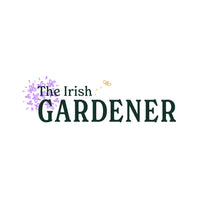


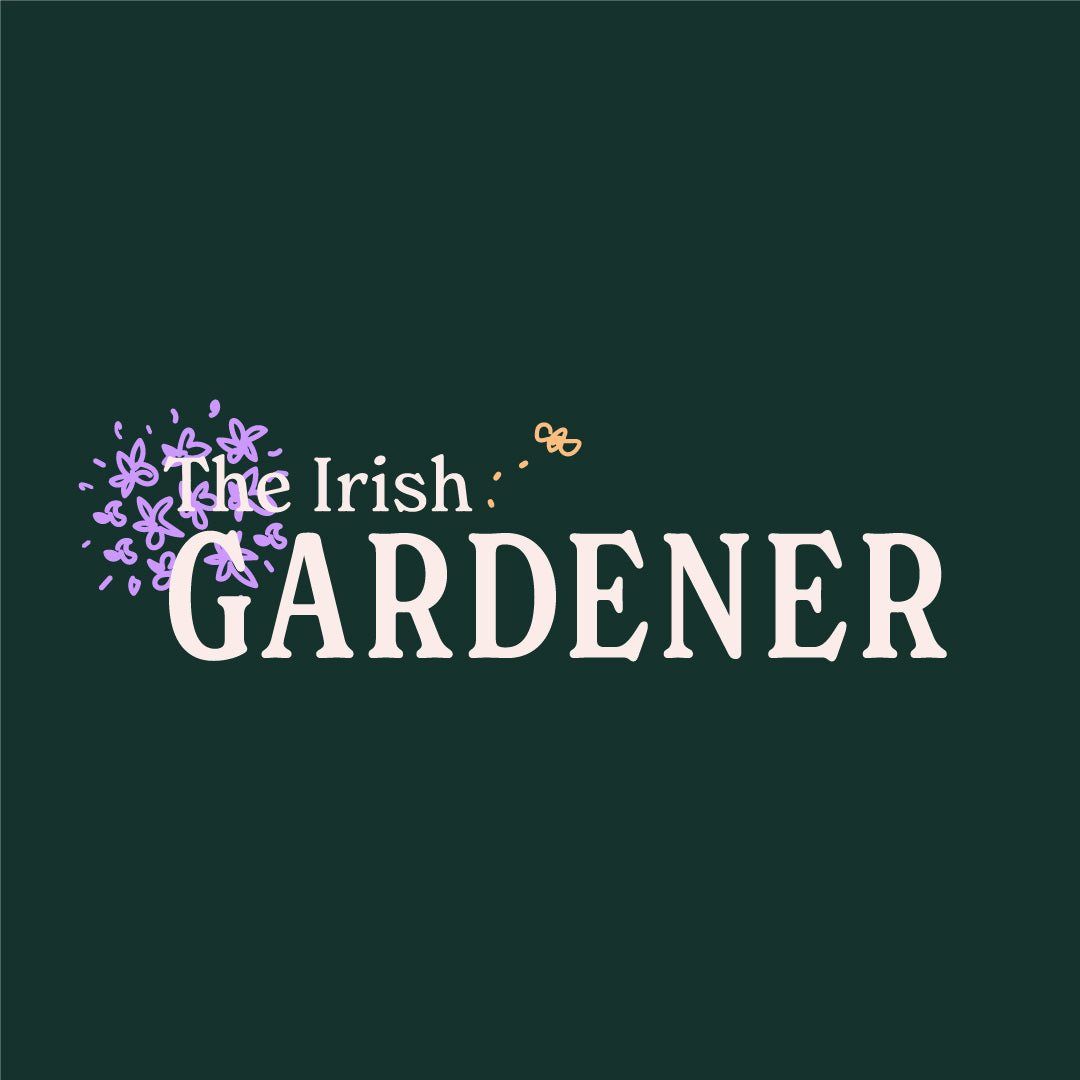
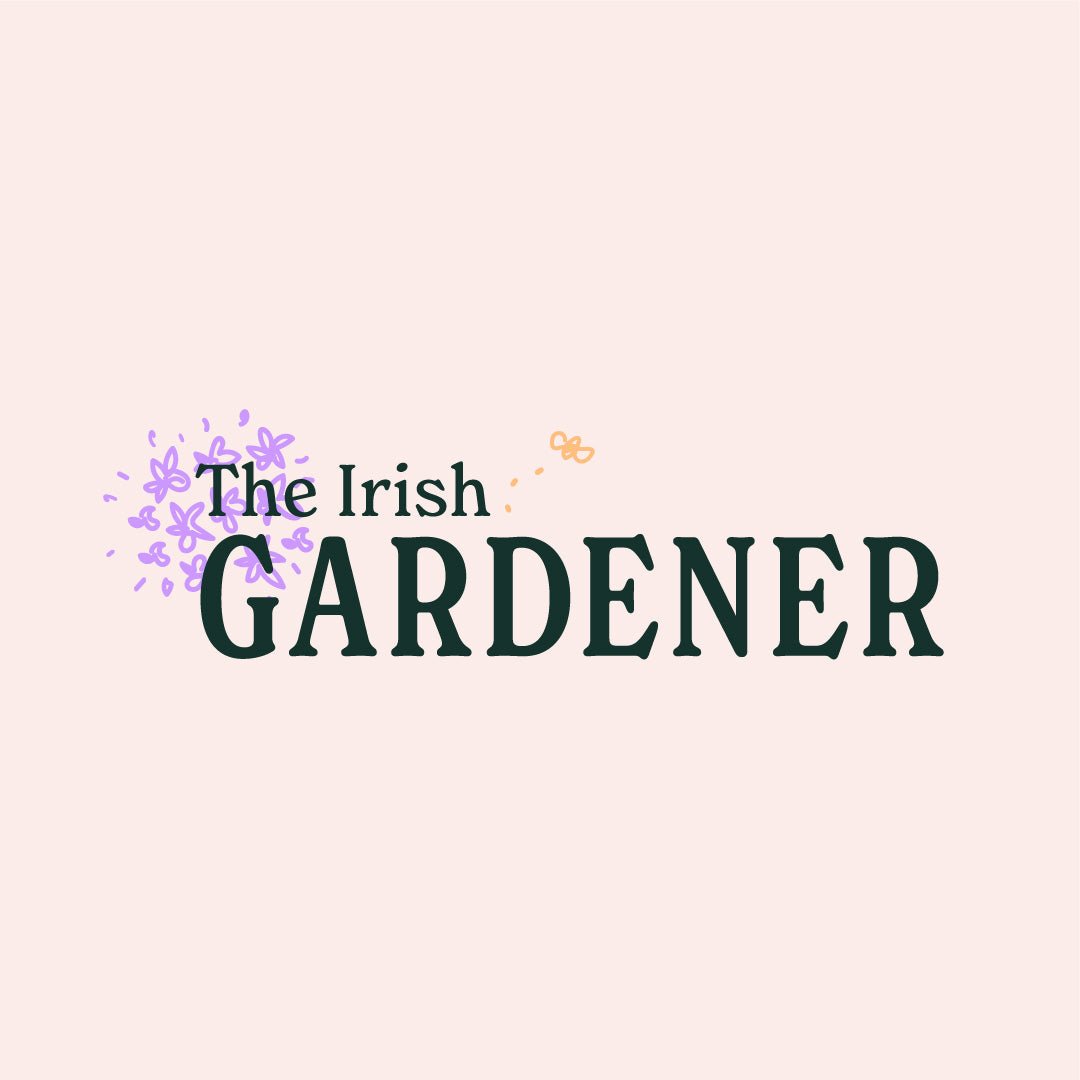
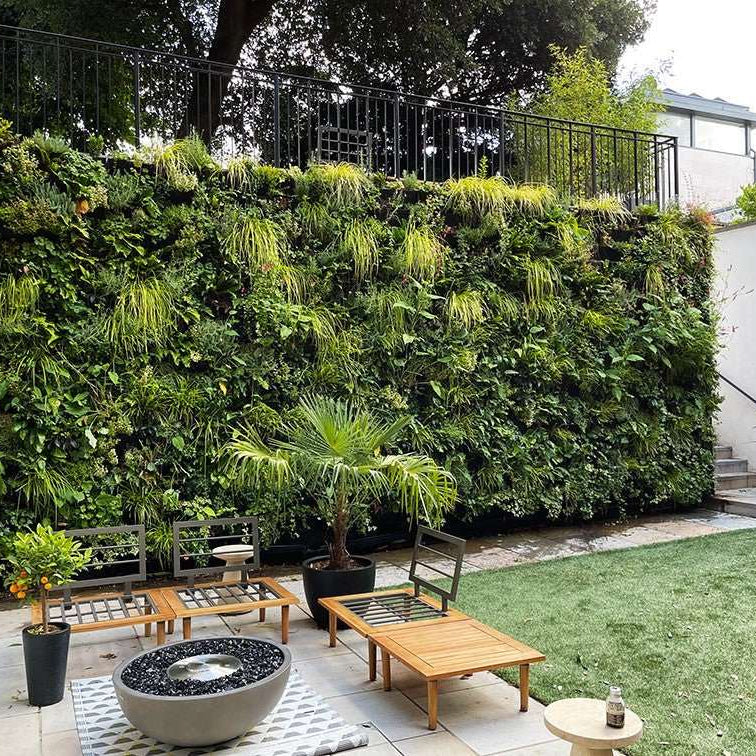
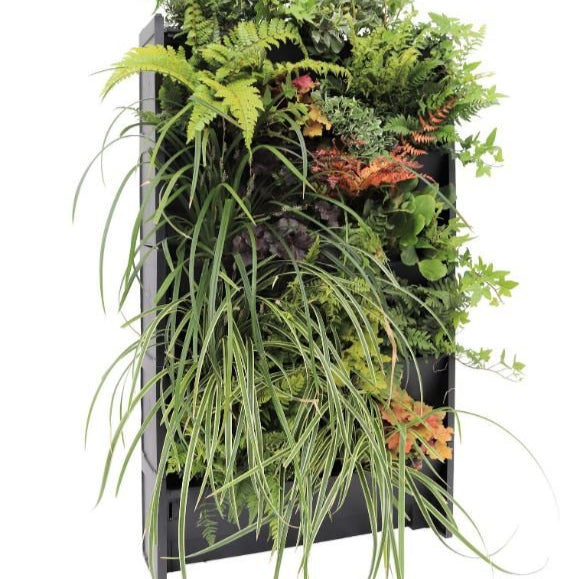



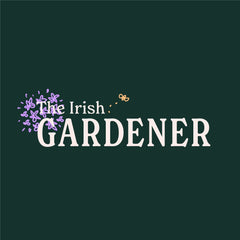





Leave a comment